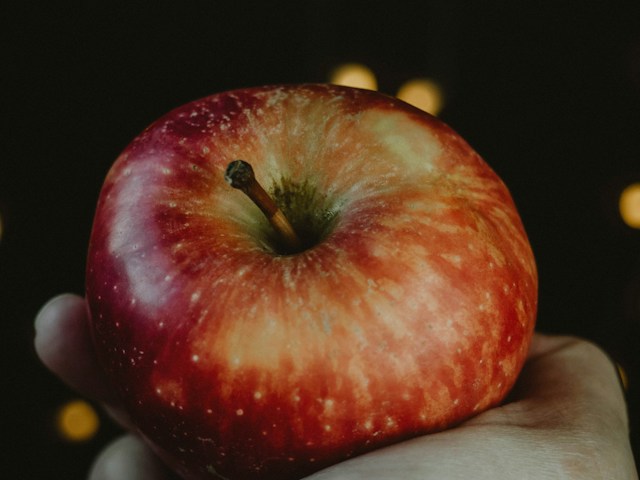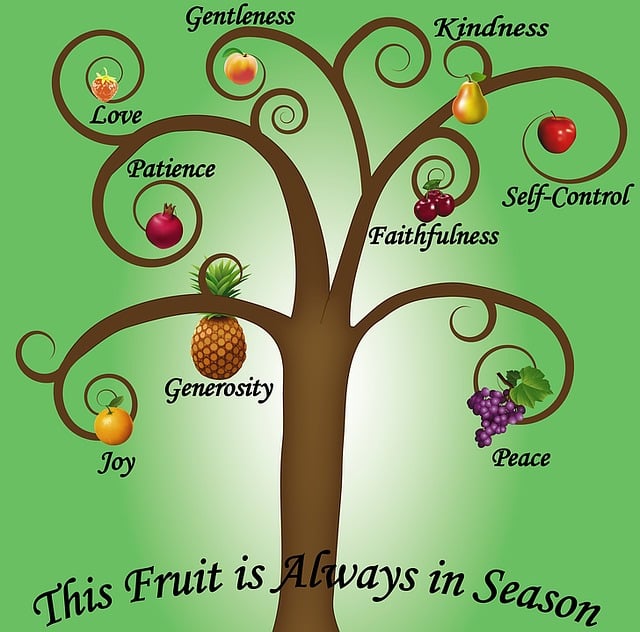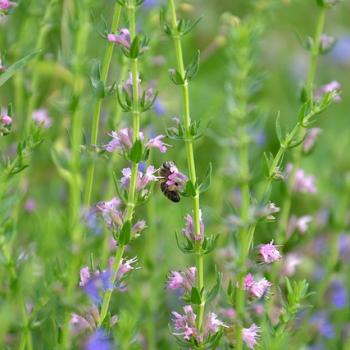
In The Beginning
God’s creation included a paradise for man to live in—the Garden of Eden. While the Bible doesn’t give many details about this garden, what it does note is a special fruit tree grew in the middle. God specifically told Adam a “hands off” policy applied to that tree’s fruit. Although God identified the consequence of breaking that rule, all Adam needed to know was God forbid eating the fruit. Obedience to Him was the point.
But did Adam obey? No. He took the fruit from that tree offered to him by Eve. And the rest, as they say, is history, specifically the history of fallen man.
What Was The Forbidden Fruit?
When people discuss this sin by Adam and Eve, they usually refer to the fruit as an apple. The Bible, however, never identifies the fruit as an apple. In fact, the Bible provides no specifics at all regarding the forbidden fruit’s name, size, shape, or even taste. Since Adam and Eve ate the fruit, readers of the Genesis account can reasonably conclude it was appealing and delicious though. All the passage indicates is the fruit grew on a tree.
Studying the Hebrew word “peri” used in the original text sheds no light on the mystery. This term is a generic one for fruit in both ancient and modern Hebrew. Nothing, in the biblical account connects the fruit to an apple other than the fruit eaten grew on a tree.
So pervasive is the notion the fruit is an apple that a familiar body part, the larynx, is often called the Adam’s apple. It’s more prominent in males, so the name is linked to the idea the apple Eve gave Adam got stuck in his throat when he tried to swallow it.
Why An Apple?
Several types of fruit other than apples grow on trees, so why choose an apple as the forbidden fruit? Helping to perpetuate the belief that the forbidden fruit is an apple are many paintings and artistic creations which picture an apple being in the Garden of Eden. While the artists could not know for sure the identity of the fruit, they had to paint something. An apple is easier to paint than some generic fruit. Something had to be shown.

What Else Could It Be?
If not an apple, what is the forbidden fruit? A fig is one possibility. The Bible establishes figs grew in the Garden of Eden. It notes Adam and Eve used leaves from such a tree to cover their nakedness. Other possibilities include grapes (but they grow on a vine), pomegranate, pear, quince, and citron.

Bidden Fruit In The Faith Life
While a fun intellectual question, the identity of the forbidden fruit isn’t as important today as some bidden fruit which scripture specifically names. That fruit is the fruit of the Spirit—one fruit with nine attributes. These attributes, listed in Galatians 5:22-23, are: love, joy, peace, forbearance, kindness, goodness, faithfulness, gentleness, and self-control. No garden produces this fruit. Instead, it grows from the presence of the Holy Spirit in a Christian’s life. God wants believers to manifest such fruit; it is bidden not forbidden.

Pick Your Fruit
Today’s decision for Christians is which fruit to pick. Man’s sinful nature pulls him towards the generic forbidden fruit. Whatever that fruit may be, it looks appealing like a juicy apple. Unfortunately, picking it equals sin. In contrast, picking the bidden fruit of the Spirit by allowing the Holy Spirit’s presence to lead produces identifiable and positive attributes. It’s your pick!














